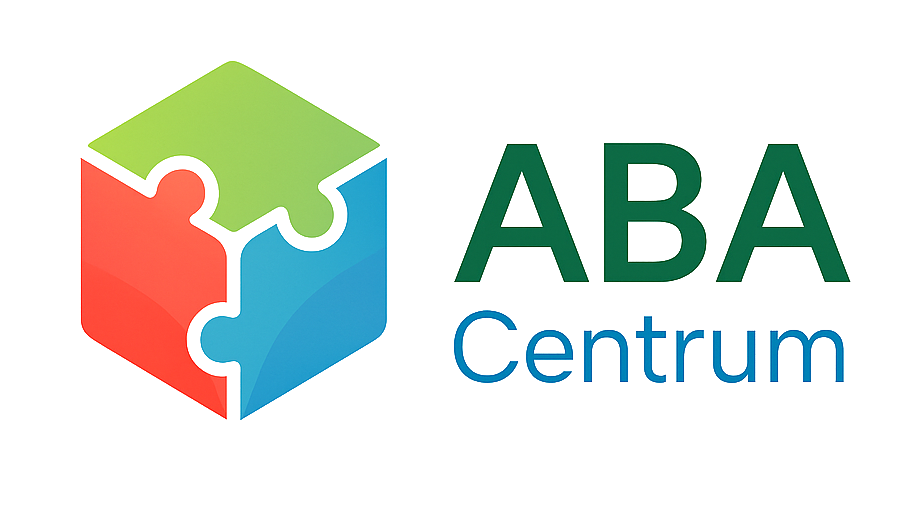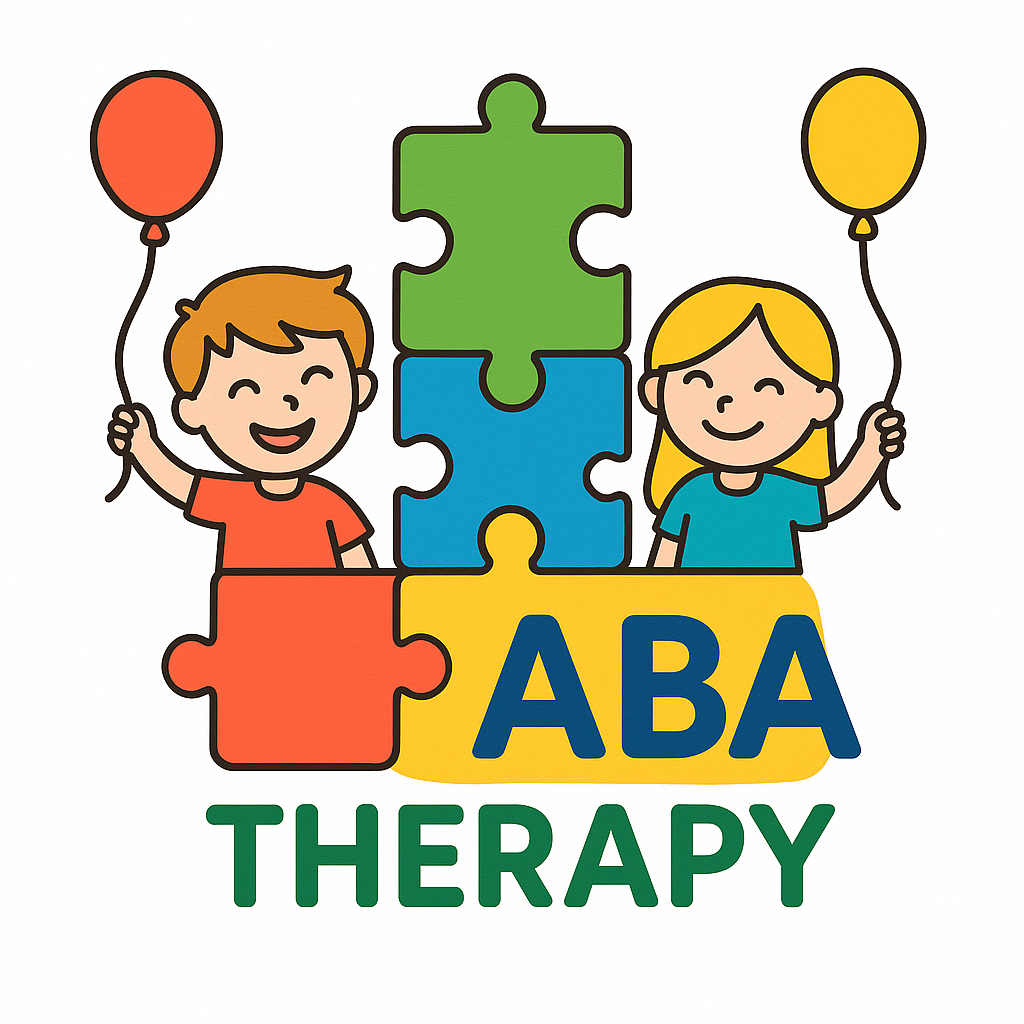ABA Therapy
WHAT IS ABA?
Applied Behavior Analysis is a natural science that is based on the principles of learning and behavior – behaviorism. It deals with the functional relationship between the environment and behavior. Based on a detailed analysis of this relationship, it determines why certain behavior arises and how to modify it.
It is not important to us what the behavior looks like, but why it happens. Honest data collected will show us in what situation the behavior occurs, and thus give us a clear message about what skills the child does not master and we need to teach them. Learning in the concept of applied behavioral analysis is very structured, but this certainly does not mean that it is boring! On the contrary, our goal is to set up learning in such a way that it is fun for the child and motivating in itself.
Using the ABA methodology, children learn new skills that gradually replace unwanted behaviors, improving self-care, communication, learning, and social interaction. The ABA methodology is very sophisticated, and the child's program is always set strictly individually down to the last detail.
The foundation of our work is an unconditionally good relationship between therapist and child. Only then can we make real changes in the lives of our children.
HISTORY
Although ABA may seem new, it has over 60 years of scientific research behind it. In the 1950s, the seminal publication Verbal Behavior was published by the "creator" of behavior analysis, BF Skinner. In the early 1960s, its application to autism began to be extensively studied by a team of researchers at the University of California, led by psychologist OI Lovaas, who developed the first intensive behavioral intervention for children with autism, known as ABA therapy or the "Lovaas Program."
However, it only received the attention it deserved in the late 1990s thanks to Sundberg's publication, which still serves as a tool for creating individual plans for children with autism (VB-MAPP) and on the basis of which we also create intervention programs in our center.
MYTHS
ABA is just a table drill
Parents and professionals often think that ABA consists only of intensive desk work. However, this is only one of the many facets of our work. Proper learning also takes place in the natural environment and during play, and the ratio of these methods is determined by the specific student and his goals.
ABA "heals" the child
There is currently no method or medication that can "cure" autism, and anyone who promises something like that is lying. However, research has shown that ABA can improve the quality of life of a child with ASD and develop the child's skills in many ways.
ABA is unnatural
A good behavior analyst can set up the program to be as natural as possible. Some of the training takes place intensively outside the natural environment because it is easier for the child to acquire the skill that way. However, subsequent natural training is just as important for its integration into real life.
ABA uses punishment
One of the reasons why ABA often has a controversial reputation is a somewhat unfortunate choice of basic terminology, including the word "punishment." While in everyday language punishment has a negative connotation, in the purely behavioral sense it is any consequence of behavior that reduces the occurrence of the behavior. A scolding can function as a behavioral punishment, as can a bar of chocolate. In a good behavioral analytic intervention, therapists work primarily with positive motivation.
ABA is only for children with ASD
ABA is a behavioral science and has nothing to do with autism. Its principles can be applied to all organisms, and it is used for children with special needs, for example, managers of large companies, and animals. ASD is one of its many applications.

